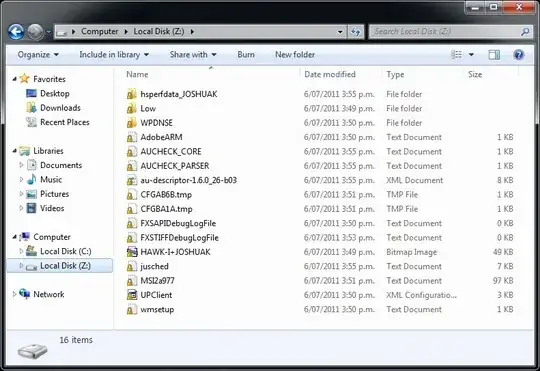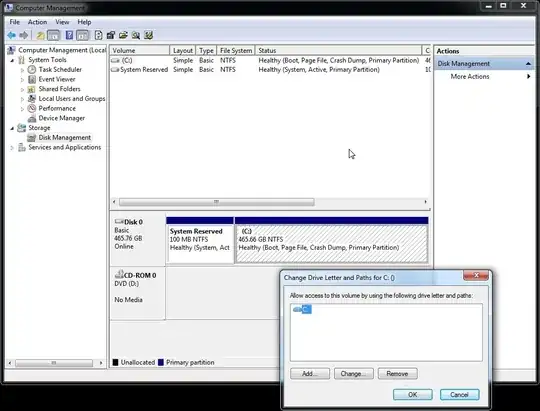Receiving a new batch of PCs prompted us to recapture our WDS image for our on-site Windows 7 machines. Rolled into the new image (i.e. the only changes that have been made since the previous version of the image) was the suite of drivers, Adobe Reader upgraded from 9.13 to 10.0 and the exclusion of Microsoft Access.
When we deploy this image to a PC we now get two hard drives appearing in Explorer.

This second disk, when viewing the properties, is an exact clone of the "real" hard drive (these machines only have one installed). This phantom drive is full of what looks like temp/log/cache files.

Edit: Disk Management shows only one disk assigned one drive letter.

We have tried uninstalling Adobe after deployment, but the problem persists. Is there any way to remove this drive (so our users don't try storing documents in there thinking they have a second drive installed)?